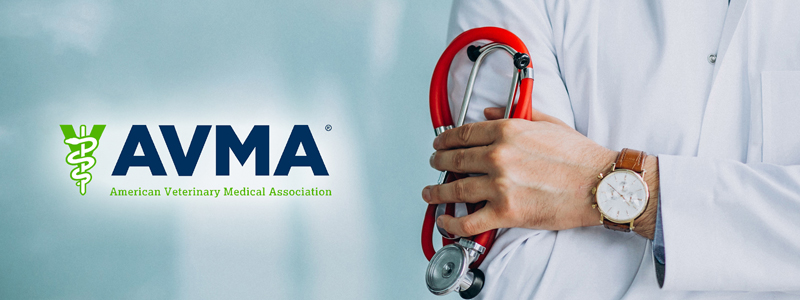BY: SAMANTHA BARTLETT, DVM
On April 5, 2022, a rabid fox bit multiple people on the grounds of the U.S. Capitol in Washington, DC. Rep. Ami Bera, D-Calif., was one of the individuals who encountered the fox on Capitol Hill. This experience prompted him to introduce legislation to create a government program to provide reimbursement to health care providers providing post-exposure treatment to uninsured individuals.
Because of the prevalence of rabies vaccination in our domestic pets, rabies deaths are a rare occurrence in the United States. When exposure to the virus is known, timely treatment can be highly effective. However, individuals without health insurance often face debt in the thousands of dollars after treatment.
Representative Bera’s legislation, entitled the Affordable Rabies Treatment for Uninsured Act, was introduced in September on World Rabies Day. Bera hopes this legislation will reduce the cost of life-saving treatment for those exposed to rabies. Typical post-exposure treatment is five injections of rabies immunoglobulin and rabies vaccine over a two week period. The cost of the injections averages about $5300 plus physician and emergency room charges. Often these facilities have an additional markup on the injections as well.
According to the Centers for Disease Control and Prevention (CDC) about 60,000 people in the United States are exposed to rabies every year. On average, less than three people per year die from rabies due to post-exposure treatment. Most of these cases are a result of exposure to rabid wildlife. This is distinctly different from worldwide statistics where an average of 60,000 people per year die from rabies after being bitten by rabid dogs.
More information on post-exposure treatment as well existing patient support programs sponsored by pharmaceutical manufacturers can be found on the CDC website at https://www.cdc.gov/rabies/medical_care/index.html.
The American Veterinary Medical Association (AVMA) has also recently updated the AVMA Model Rabies Control Document. This document is intended to provide a resource to help policymakers write or update rabies control laws and regulations. The updated document now indicates that equids should be vaccinated for rabies and has updated guidelines to manage post-exposure incidents in companion animals including isolation vs. quarantine and testing requirements.
The updated AVMA document can be accessed at https://www.avma.org/sites/default/files/2022-10/avma-model-rabies-document.pdf.






